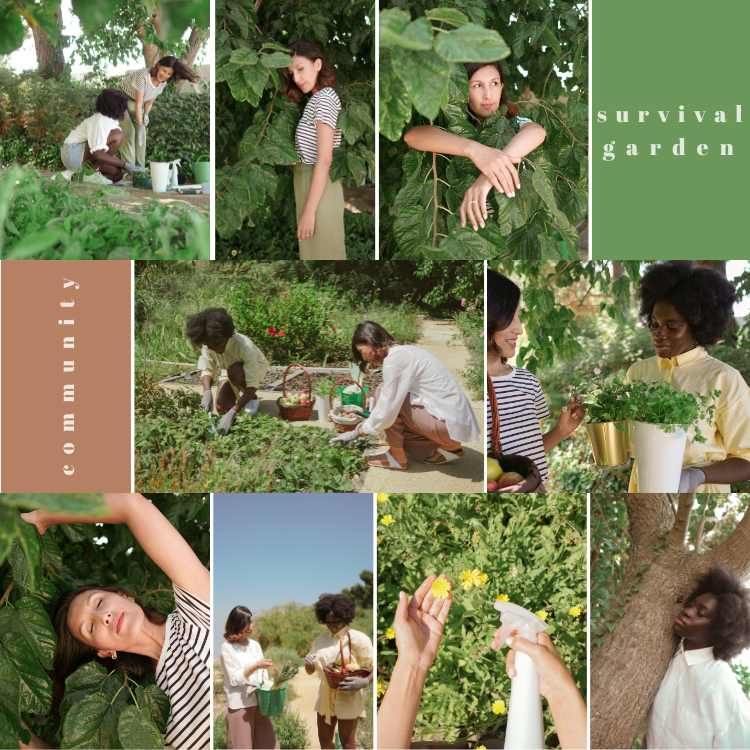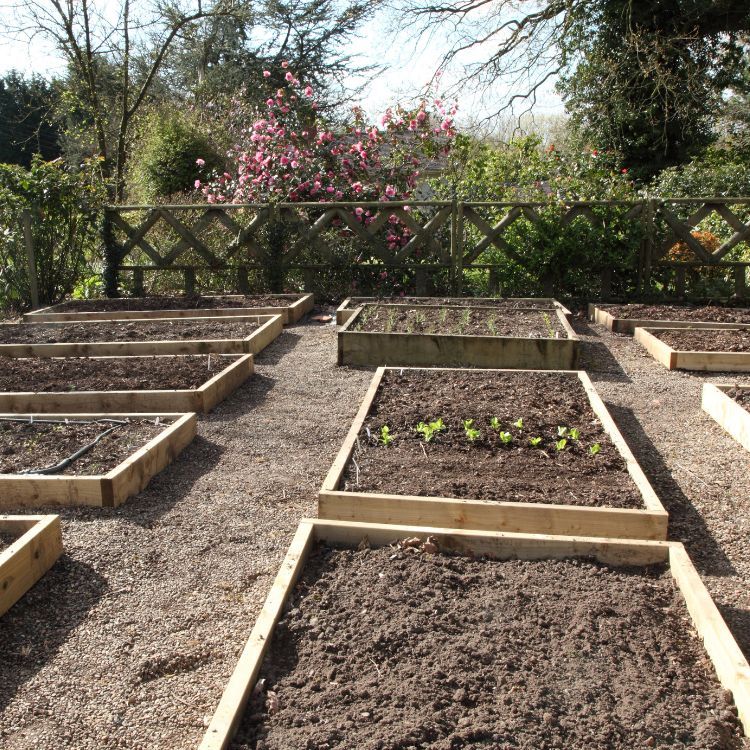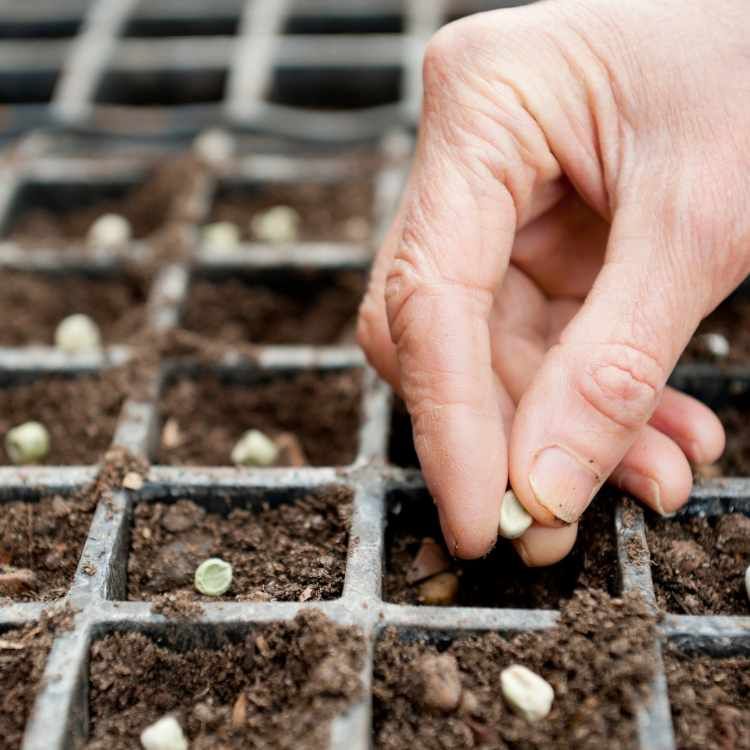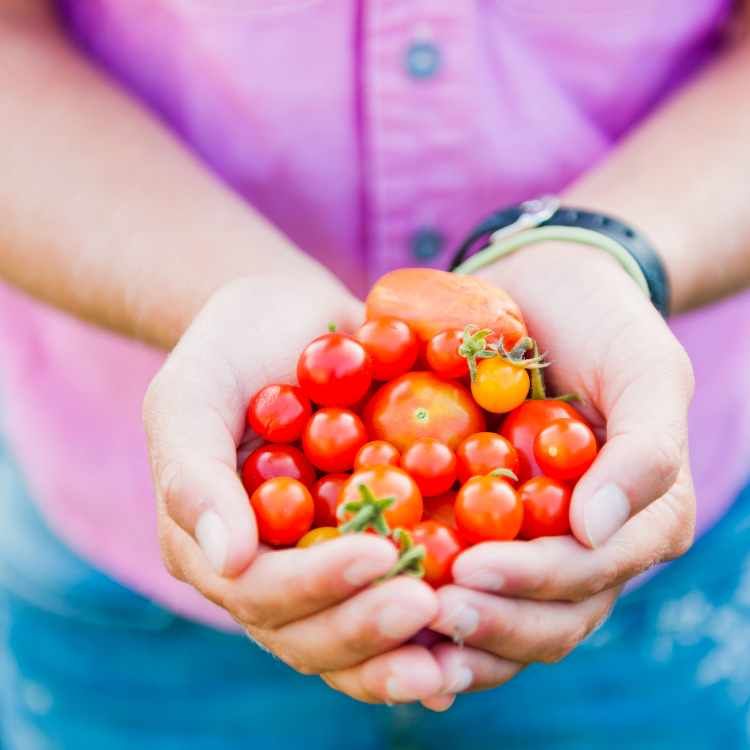
Article-at-a-Glance: Empowerment Through Earth
Survival gardening is a self-sufficiency practice that ensures food security.
Women play a pivotal role in community nourishment and resilience through gardening.
Key steps to starting a survival garden include selecting the right location and essential tools.
Nutrient-rich and long-term crops are fundamental for a sustainable food source.
Community and income generation can be enhanced through effective gardening practices.
Gardening as a Tool for Empowerment
Gardening isn’t just about growing plants; it’s about cultivating hope, health, and self-reliance. In our hands, seeds and soil can bloom into powerful tools for change, especially for women. When we talk about survival gardening, we’re referring to more than just the physical act of planting. It’s about growing a sustainable future, bite by bite, and empowering women to take the lead in this vital movement.
What is Survival Gardening?
At its core, survival gardening is about creating a reliable source of food that can sustain you and your family, no matter what life throws your way. It’s about growing crops that are not only nutritious but also resilient, capable of thriving in the face of adversity—be it climate change, economic downturns, or other unforeseen challenges.
Most importantly, it’s a form of insurance. It’s knowing that when the unexpected happens, you have a garden brimming with fresh produce that can carry you through. It’s food security planted right in your backyard.
Because survival gardening often involves techniques like companion planting, crop rotation, and permaculture principles, it’s also a way to foster a healthier ecosystem right at home. These practices ensure that the garden not only survives but thrives year after year, with minimal environmental impact.
Why Focus on Women?
Women have long been the backbone of family nutrition and community well-being. In many cultures, women are the primary caretakers of the home garden, which often serves as the family’s lifeline for fresh fruits, vegetables, and herbs. By focusing on women’s survival gardening, we’re tapping into an age-old wellspring of knowledge and nurturing.
When women thrive, communities flourish. Empowering women through gardening isn’t just about food production; it’s about fostering independence, self-confidence, and economic resilience. A garden can be a classroom, a sanctuary, and a business, all rolled into one.
Starting Your Survival Garden

Embarking on a survival gardening journey can seem daunting, but with the right steps, it’s an endeavor within everyone’s reach. Let’s start by breaking down the basics.
Choosing the Right Location
Location is everything. You’ll want to choose a spot that gets plenty of sunlight—at least six hours a day. It should also be protected from strong winds and not prone to flooding. If you’re short on space, don’t worry; container gardening can be just as effective.
Most importantly, the location should be accessible and safe. This means somewhere you can easily get to every day to tend to your plants, and where the plants are protected from any potential harm.
Look for areas with good sunlight exposure.
Ensure the site has proper drainage to prevent waterlogging.
Consider raised beds or containers if soil quality is poor or space is limited.
Remember, the best location might not be the largest or the most obvious. Sometimes, the perfect spot for a survival garden is just a small corner of your yard that gets the right amount of sun and love.
Essential Tools and Equipment
Before you get your hands dirty, you’ll need to gear up with some basic tools. A sturdy shovel, a reliable rake, and a good pair of gardening gloves are non-negotiable. You’ll also benefit from having a hoe for weeding and a watering can or hose for hydration.
Don’t forget about seeds! Opt for heirloom varieties when possible, as they’re more likely to produce viable seeds you can save for next season, ensuring a continuous supply of food. And if you’re looking to start your garden with a bang, consider survival seed packs from trusted suppliers like Survival Essentials, which offer a curated selection of seeds designed for resilience and nutrition.
What to Plant in a Survival Garden

Choosing the right crops for your garden is critical. You’ll want to select plants that not only grow well in your climate but also provide maximum nutritional value and have a long shelf life once harvested.
For those just beginning their survival gardening journey, here’s a straightforward guide to some of the best crops to consider:
Leafy greens like kale and spinach, which are rich in vitamins and minerals.
Root vegetables such as carrots and potatoes, which can be stored for months.
Legumes like beans and peas, for protein and soil nitrogen fixation.
Hardy herbs such as rosemary and thyme, which offer medicinal properties and enhance the flavor of home-cooked meals.
Fruit-bearing plants like tomatoes and strawberries for a burst of flavor and nutrition.
These plants are just the beginning. As you gain confidence and experience, you can expand your garden to include a wider variety of crops, each with its own role in your survival strategy.
As you delve into the world of survival gardening, you’ll quickly learn that water is just as precious as the seeds you sow. Watering wisely means giving your plants the moisture they need, without wasting a drop.
Watering Wisely
Water is the lifeblood of any garden, and in survival gardening, it’s crucial to use it efficiently. Collect rainwater if you can, and consider drip irrigation to deliver water directly to the roots of your plants, where it’s needed most. Water in the early morning or late afternoon to reduce evaporation, and always check the soil moisture before watering—over-watering can be just as harmful as under-watering.
Another tip is to mulch your garden beds. Mulch helps retain soil moisture and prevents weeds, which compete with your plants for water. A layer of organic material like straw or wood chips can make a big difference in the health of your garden and the efficiency of your water use.
And let’s not forget about choosing the right plants. Some crops are more drought-resistant than others, like certain varieties of beans, squash, and corn. These plants can be a godsend during dry spells, so consider them when planning your garden.
Organic Pest Control
What’s a garden without a few unwanted visitors? Pests can be a real threat to your survival garden, but that doesn’t mean you should reach for harmful chemicals. There are plenty of organic pest control methods that can keep your garden thriving.
Companion planting is a natural way to deter pests. For example, marigolds emit a scent that repels nematodes and other insects, making them a great neighbor for almost any garden plant. Also, encourage beneficial insects like ladybugs and lacewings to visit your garden; they’re natural predators to common pests like aphids and can help keep your plants healthy.
Physical barriers, such as netting or row covers, can also protect your crops from insects and animals. And remember, healthy plants are less likely to succumb to pest pressure, so maintaining good soil health and proper watering practices is the best defense against pests.
Harvesting and Preserving Your Bounty

When your garden starts to flourish, you’ll be rewarded with an abundance of fresh produce. Harvesting at the right time and preserving your bounty ensures you can enjoy the fruits of your labor all year round.
When and How to Harvest
Harvesting is all about timing. Pick leafy greens early in the morning when they’re most crisp. Root vegetables can often stay in the ground until you’re ready to use them, but be sure to harvest before the ground freezes. And when it comes to fruits like tomatoes and berries, wait until they’re fully ripe to enjoy the best flavor and nutritional value.
Don’t be afraid to harvest regularly; many plants will continue to produce if they’re picked often. And when you do harvest, use a gentle hand to avoid damaging the plant and any remaining fruit or vegetables.
Storage Techniques for Longevity
“A well-preserved harvest is a treasure trove in winter. Learning the arts of canning, drying, and pickling can turn your seasonal bounty into a year-long feast.”
Once you’ve harvested your crops, it’s time to think about storage. Some vegetables, like potatoes and onions, can be stored in a cool, dark place for months. Others, like greens and herbs, can be blanched and frozen for later use.
Canning is another excellent way to preserve fruits and vegetables. It’s a bit of an art form, but with a few supplies and some practice, you can fill your pantry with jars of tomatoes, pickles, jams, and more. Drying herbs and making your own spice blends is not only practical but also incredibly satisfying.
And let’s not forget about the power of seeds. Saving seeds from your best plants not only ensures you’ll have something to plant next season, but it can also be a way to share and trade with others, creating a network of resilience and abundance.
Building Community Through Gardening
Gardening has a way of bringing people together. It’s about more than just food; it’s about community, learning, and sharing. And in survival gardening, community can be your greatest asset.
Networking with Other Gardeners
Connect with local gardening groups or online forums to exchange tips and seeds. There’s a wealth of knowledge out there, and gardeners are usually eager to share their experiences. By networking, you can learn about what crops grow best in your area, how to deal with specific pests, and even get a heads up on changing weather patterns that might affect your garden.
Most importantly, by building a network of fellow gardeners, you’re not just growing plants—you’re growing a support system. This can be invaluable, especially in times of need.
Sharing the Harvest: A Community Approach
One of the most rewarding aspects of survival gardening is the ability to share your harvest with others. Whether it’s a basket of tomatoes for a neighbor or a community potluck featuring your garden’s produce, these acts of sharing strengthen bonds and ensure that everyone has access to fresh, nutritious food.
Donate excess produce to local food banks or community centers.
Organize seed swaps to diversify your garden and help others do the same.
Host gardening workshops to teach others and learn new skills yourself.
By sharing, you’re not just feeding bodies; you’re nourishing community spirit and fostering a culture of mutual support and sustainability.
Leveraging the Garden for Income
Your survival garden can be more than a source of sustenance; it can also be a source of income. With some creativity and entrepreneurship, you can turn your green thumb into greenbacks.
Selling surplus produce at local farmers’ markets or to neighbors is a great start. But don’t stop there. Consider creating value-added products like homemade jams, pickles, or herbal teas. These items are not only enjoyable but can also serve as a unique source of income.
And remember, your knowledge is valuable. Offering classes or workshops on gardening, canning, or even building raised beds can provide another revenue stream while empowering others to start their own gardens.
Most importantly, as you embark on this journey of empowerment through gardening, remember that every seed planted is a step towards a more sustainable and resilient future. Your garden is a testament to what can be achieved with a little bit of land, a lot of hard work, and an abundance of hope.
If you’re ready to take the leap into survival gardening, why not start by exploring the curated selection of seeds at Survival Essentials? Their carefully chosen seed packs are designed to help you cultivate a robust and resilient garden. For those interested in efficient space utilization, square foot gardening techniques can be particularly beneficial. Visit their collection and take the first step towards securing your food future.
Your survival garden can be more than a source of sustenance; it can also be a source of income. With some creativity and entrepreneurship, you can turn your green thumb into greenbacks.
Selling Surplus Produce
Selling surplus produce at local farmers’ markets or to neighbors is a great start. But don’t stop there. Consider creating value-added products like homemade jams, pickles, or herbal teas. These items are not only enjoyable but can also serve as a unique source of income.
And remember, your knowledge is valuable. Offering classes or workshops on gardening, canning, or even building raised beds can provide another revenue stream while empowering others to start their own gardens.
Value-Added Products
Transform your garden’s yield into value-added products that can boost your income. Here are a few ideas:
Create herbal remedies and teas from your garden herbs.
Make preserves or pickles using your vegetables.
Prepare and sell ready-to-plant seedlings for those who want to start their own gardens.
With these products, you’re not just selling food; you’re offering a taste of your garden’s bounty and the joy of sustainable living.
FAQ
Got questions? You’re not alone. Here are some common queries and their answers to help you on your gardening journey:
How do I select crops for different climates?
Selecting crops for your climate involves understanding your growing zone and choosing plants that are suited to your area’s temperature ranges and season lengths. Local gardening clubs and extension services are fantastic resources for personalized advice.
Can survival gardening help with food insecurity?
Provides a steady supply of fresh produce directly from your garden.
Reduces dependence on external food sources and grocery expenses.
Allows for sharing and bartering within the community to ensure everyone has access to nutritious food.
By cultivating a diverse range of crops, you can create a buffer against food shortages and contribute to community resilience.
What resources are available for gardening education?
Local extension offices, community colleges, and gardening clubs often offer classes and workshops. Online platforms provide a wealth of tutorials and forums for gardeners to exchange tips and support.
How much space is needed for a survival garden?
Space requirements can vary, but even a small balcony or patio can yield a surprising amount of food with container gardening. Utilize vertical space with trellises and hanging planters to maximize your growing area.
How can I involve my community in survival gardening?
Start a community garden, host seed swaps, or organize local gardening workshops. Encourage schools to incorporate gardening into their curriculum. The key is to make gardening a shared and enjoyable experience for all.
Most importantly, as you embark on this journey of empowerment through gardening, remember that every seed planted is a step towards a more sustainable and resilient future. Your garden is a testament to what can be achieved with a little bit of land, a lot of hard work, and an abundance of hope.
If you’re ready to take the leap into survival gardening, why not start by exploring the curated selection of seeds at Survival Essentials? Their carefully chosen seed packs are designed to help you cultivate a robust and resilient garden. Visit their collection and take the first step towards securing your food future.







Leave a Reply